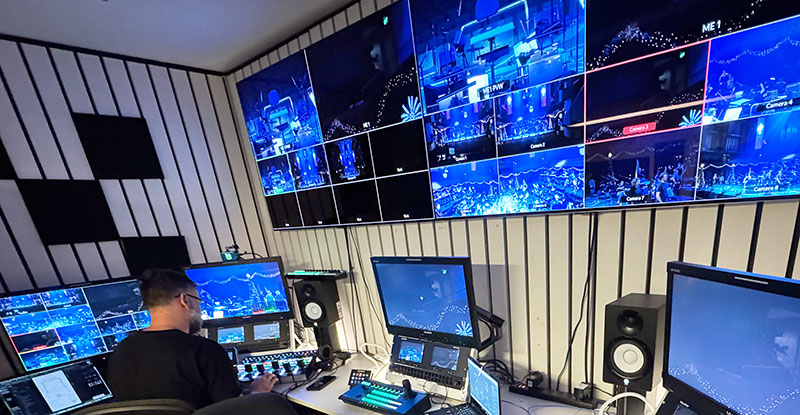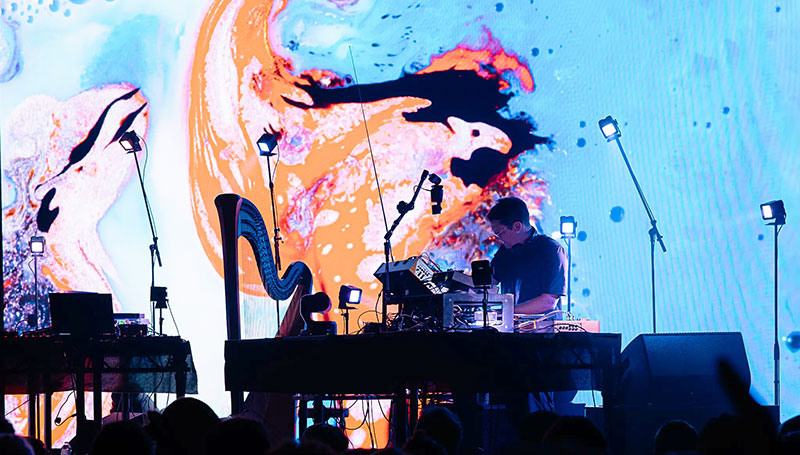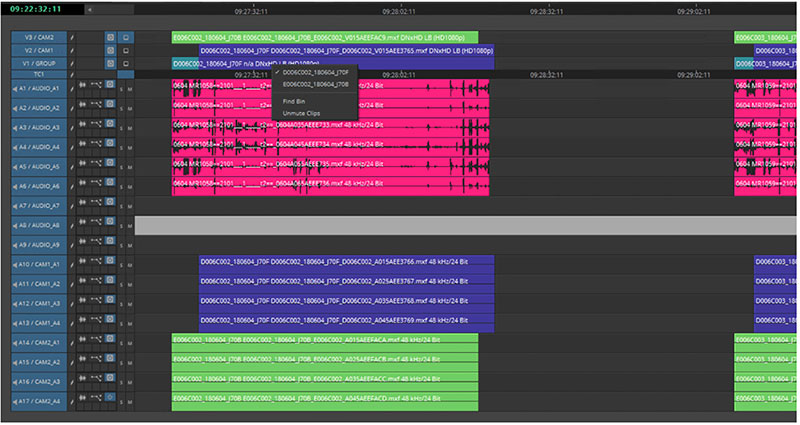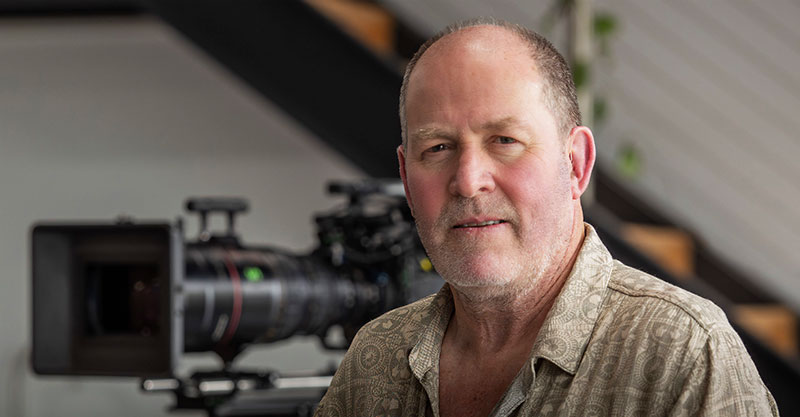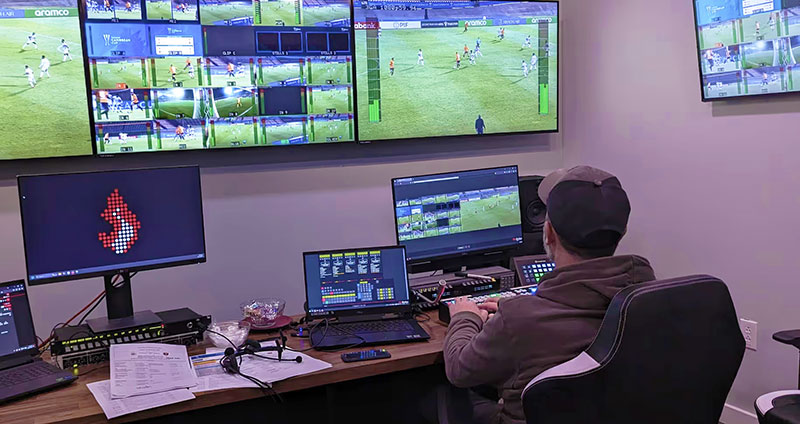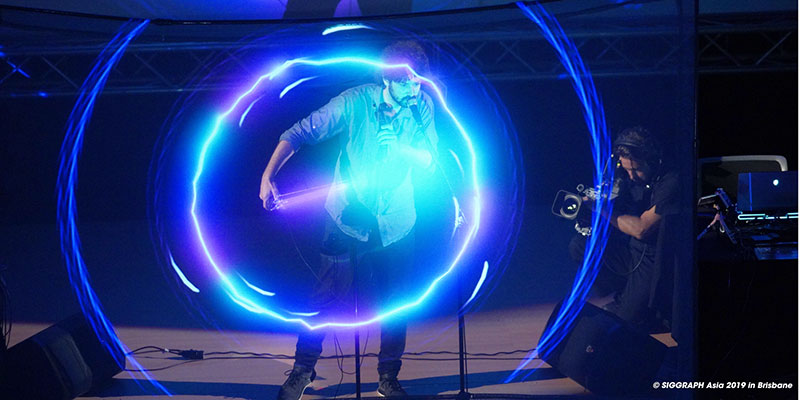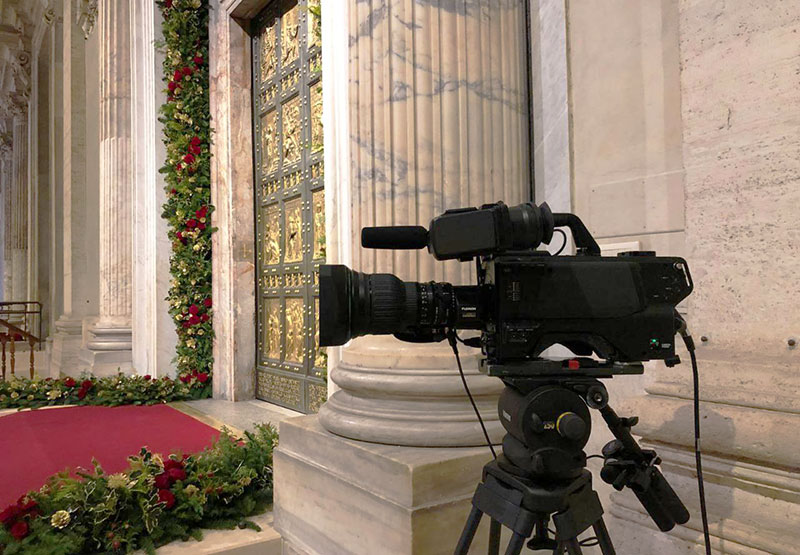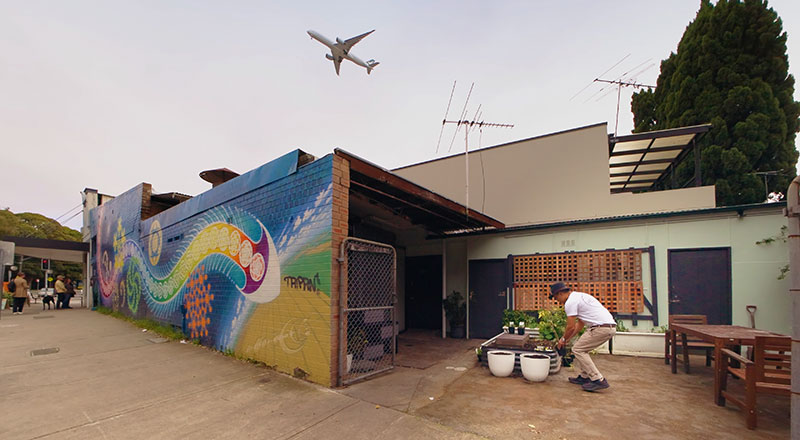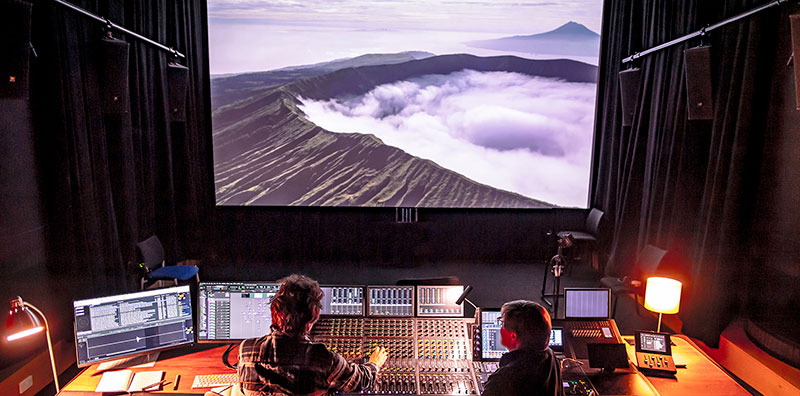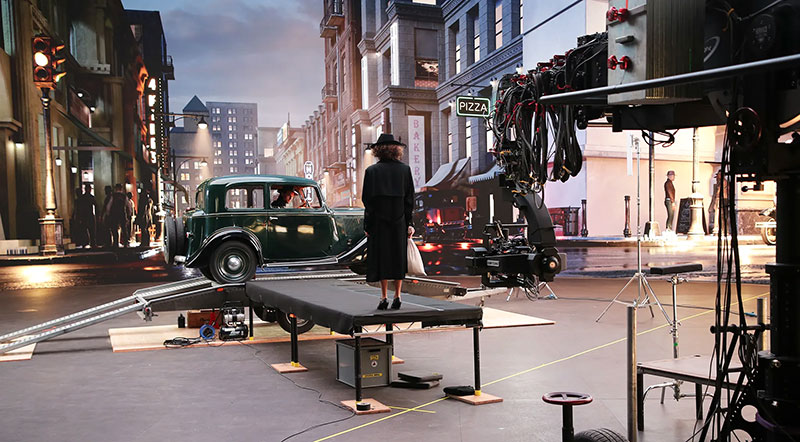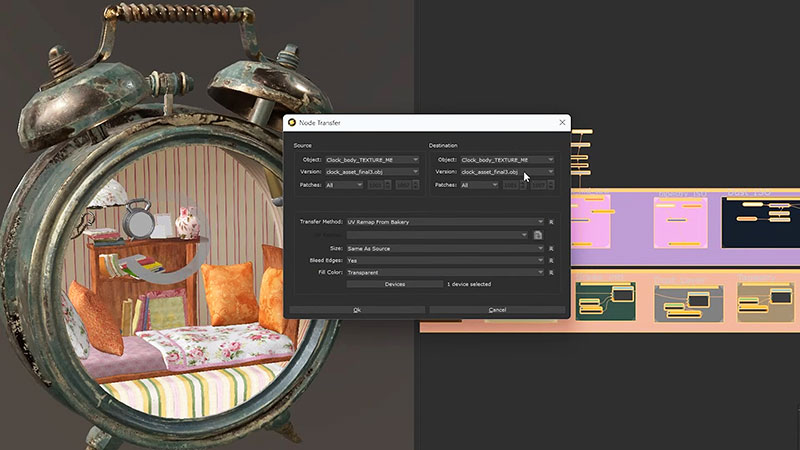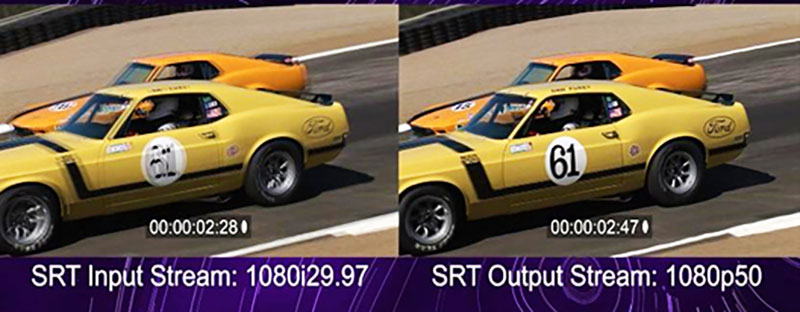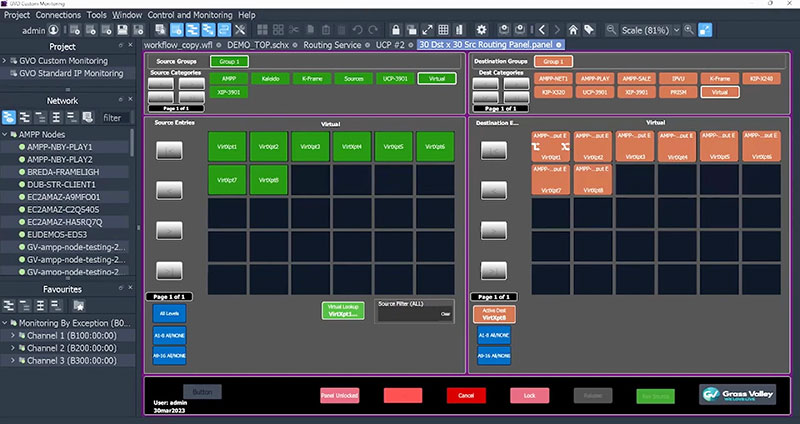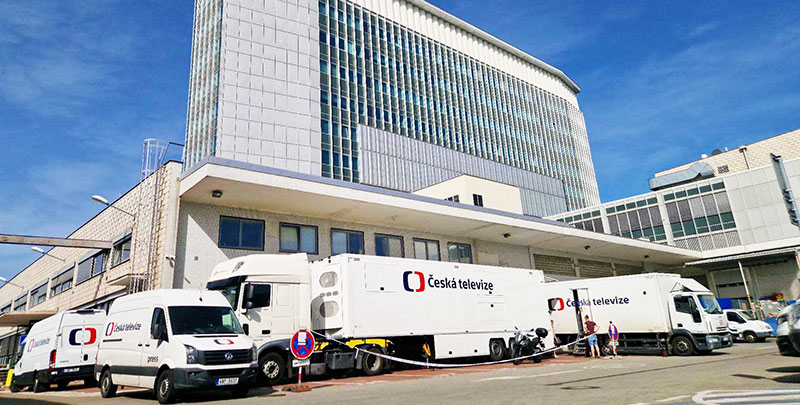Kansai TV and Fuji TV networks used the DaVinci Resolve Replay Editor to generate slow motion footage for marathon coverage Osaka Women’s Marathon Broadcast
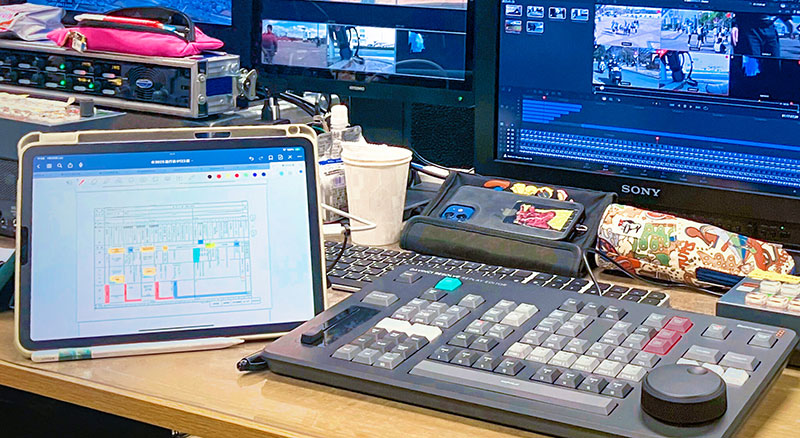
The 44th Osaka International Women’s Marathon was broadcast live nationwide on the Kansai TV and Fuji TV networks in January 2025. Since the Marathon’s inception in 1982, Kansai TV, based in Osaka, Japan, has been responsible for the coverage of this event, held annually in January. During the broadcast, which lasts about three hours, replay footage was frequently used, including slow motion sequences produced using real-time AI capabilities.
Replay Workflow
For the event, six Blackmagic Design HyperDeck Studio 4K Pro broadcast decks were deployed to send footage from six camera feeds to a Blackmagic Cloud Store 80TB network storage solution. This footage was then ingested into DaVinci Resolve Studio, where appropriate segments were selected for use as replays in Resolve’s built-in Replay system.
The system was running on an M2 Ultra Mac Studio, using an UltraStudio Monitor 3G capture and playback device to convert the video from one of the Mac’s Thunderbolt ports to SDI for monitor output.
DaVinci Resolve Replay is unusual in that it uses multiple HyperDecks to record into shared storage, while DaVinci Resolve is connected to the same shared storage as a playback engine. This approach to playback gives the production not only a fast replay set-up, but also an effective editor with multi-user collaboration features. The Replay Editor hardware control panel combines features for replay and for multicam editing so that the same operator can work on replays and load them into the timeline with the keyboard’s editing tools.
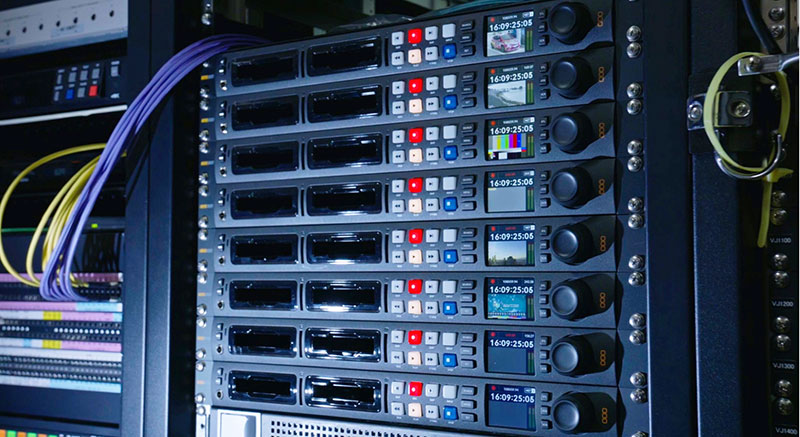
“Setting up the Blackmagic Replay system was straightforward. We added the Mac Studio and were ready to go. We tested it internally first, and when we showed a demo to our sports broadcast director, he was impressed and we decided to implement it for this event,” said Soichiro Hoashi of Kansai TV’s Technology Promotion Department.
Hiroshi Kamachi from the video technology and production company Kansai Totsu, who operated the Blackmagic Replay system, said, “The DaVinci Resolve Replay Editor has excellent jog response, allowing seamless searching without noticeable lag, which makes it very user friendly. The ability to search and cue up footage in multiview mode while operating replays is also a great feature. Since we could check all input sources, it made it easy to find the perfect shot.”
Retiming Algorithm
Hoashi said, “We used Blackmagic Replay for footage captured at the race’s water stations because the cameras at those positions lacked built-in high speed capabilities. Instead, we used the Blackmagic Replay system to generate AI-driven slow motion replays.”
In this case, a retiming algorithm analyses a scene’s content, and slows a sequence down by building new frames between the existing ones that augment the action, without repeating or trying to blend adjacent frames. Also, as they are constructed intelligently from existing visual data, frames created with optical flow remain sharp.
Kentaro Shirane worked with Hiroshi Kamachi at Kansai Totsu to handle the operations. Shirane commented, “I don’t typically operate a replay system myself, but after spending half a day testing Blackmagic Replay, I was able to produce smooth replay footage. The fact that even staff unfamiliar with replay operations can use it fairly easily is valuable.”
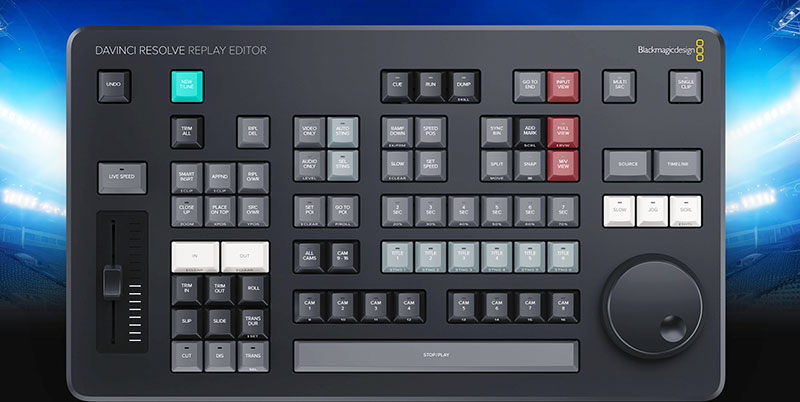
Instant Frame Rate Switching
“The ability to use AI based correction to turn normal camera footage into super slow motion has become one of our biggest advantages. Switching between normal and super slow motion happens instantly, without rebooting the system, which is a big plus. With other systems, changing the frame rate requires a reboot, making on air switches impossible.
“For instance, if one camera needed 4x slow motion and another 6x, you’d need two separate systems, which in practise can lock you into a single speed. With Blackmagic Replay, adjusting the speed range is simple, and it produced very smooth and high quality slow motion shots, especially in scenes with less intense movement.”
The producer for this broadcast, Shunsuke Shibata of Kansai TV, said, “Replay systems in general are expensive. Depending on the production, the budget may not reach to using a super slow playback system. Furthermore, such systems often limit the cameras we can use to those with higher frame rates. Being able to deliver smooth, AI enhanced slow replays at a lower cost with Blackmagic Replay has been highly beneficial.” www.blackmagicdesign.com




